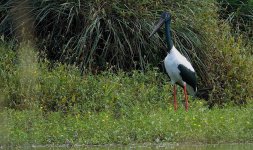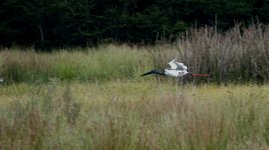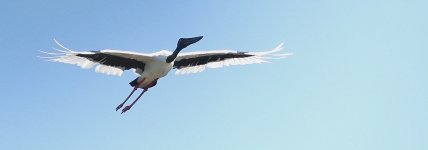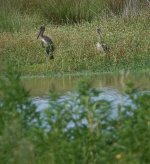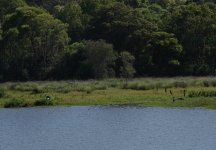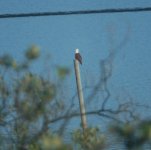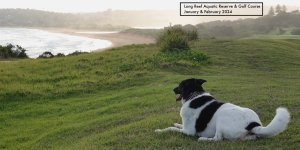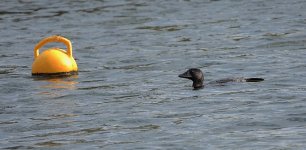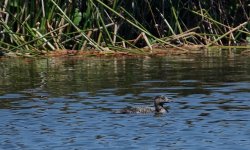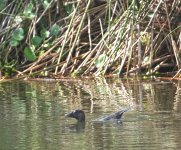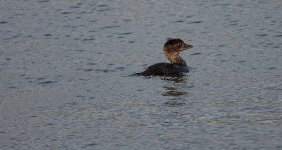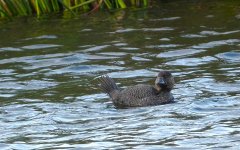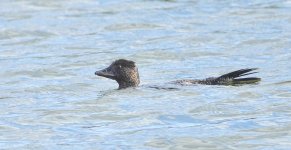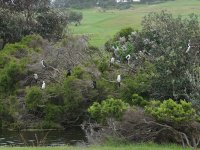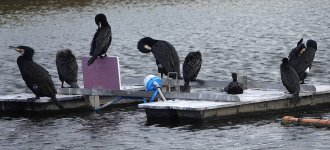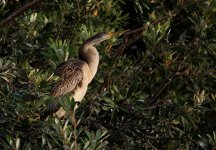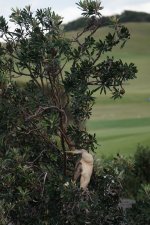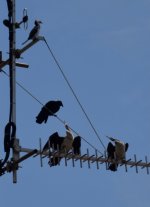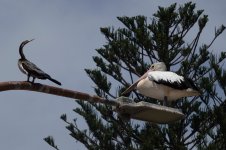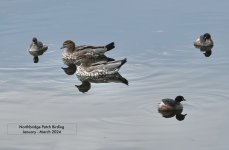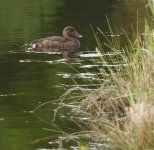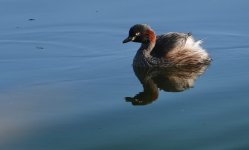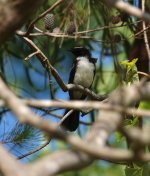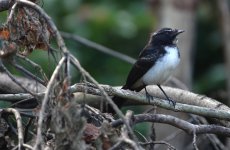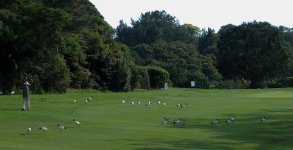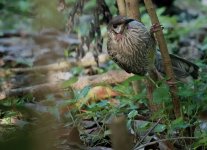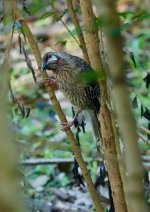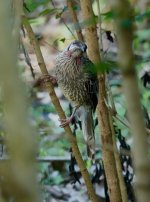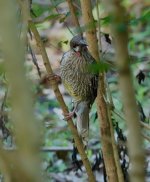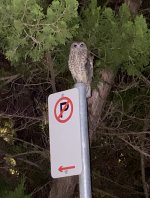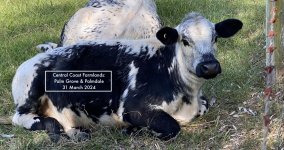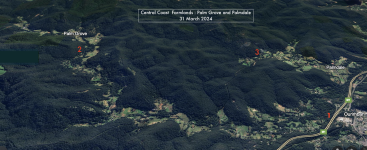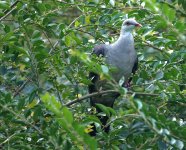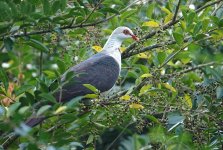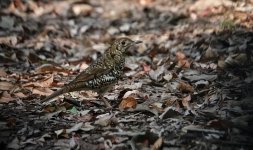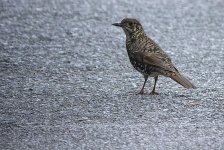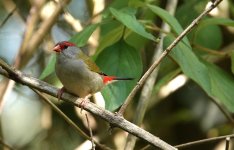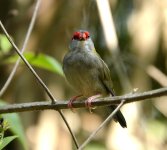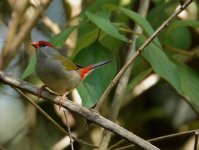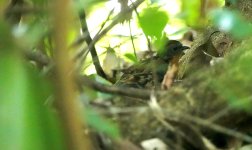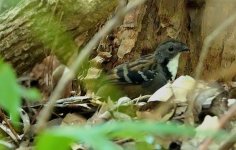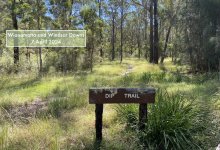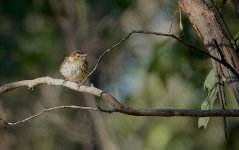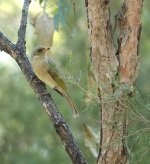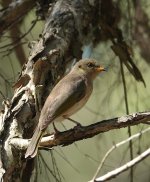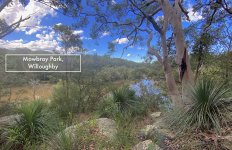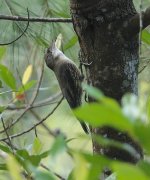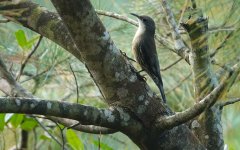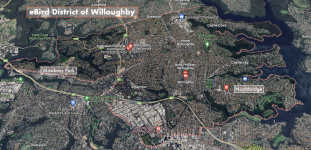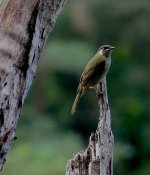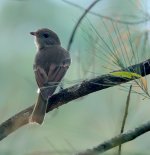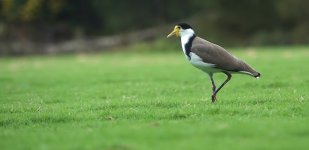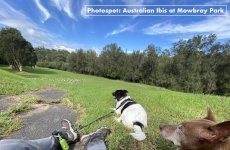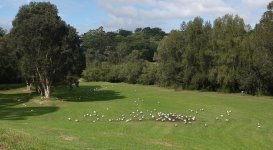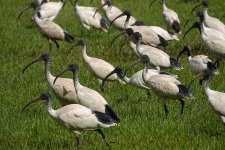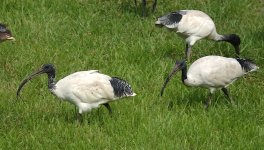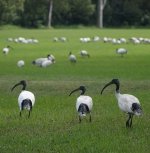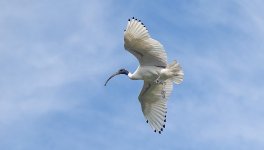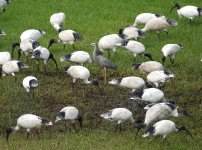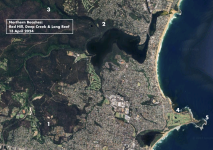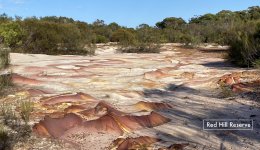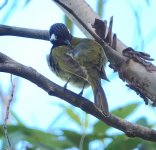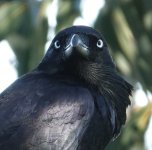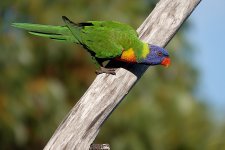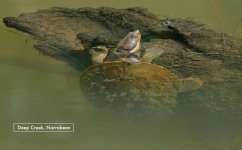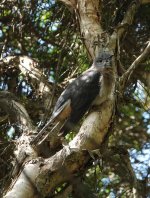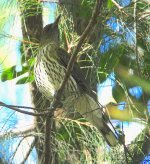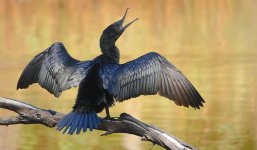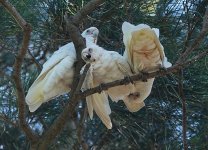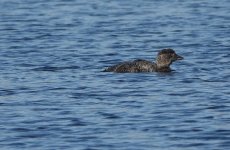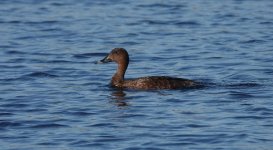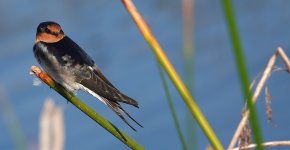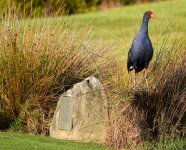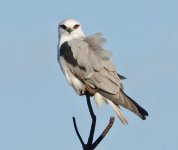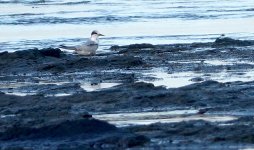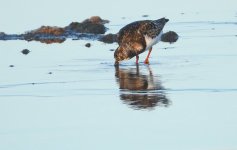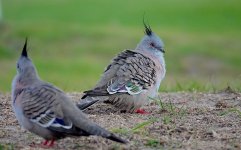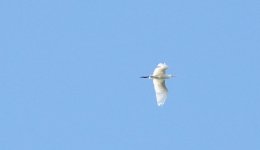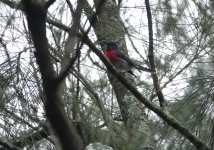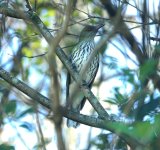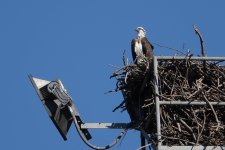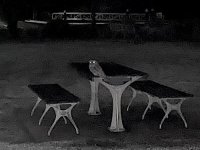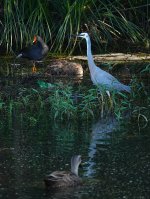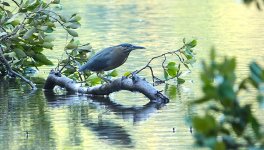MKinHK
Mike Kilburn

Nocturnal mammals at West Head
13 January 2024
My birding mate Murray, who is also into mammals and herps invited me to join him at WestHead in Ku-Ring Gai National Park to look for snakes and nocturnal mammals. Murray ahas a good quality infra red night scope, which dramatically raises the potential for finding wildlife at night. Indeed my first and only Australian Owlet Nightjar was found by Murray back in March 2023 at spot that is a kilometre or so from my place in Northbridge.
Our evening started well as we heard White-throated Nightjar calling close to the gate where West Head Rd meets General San Martin Rd at Coal and Candle Creek. Be warned that the gate restricts road access after 8:30pm, and we saw one car waiting around an hour to be released by the security guard. While the bubbling call is diagnostic we didn't the nightjar so I won't count it as the lifer it would be. We walked around 3km along the road, and apart from an abortive attempt to find the tiny Red-crowned Toadlet that was calling in a tiny stream bed that served only to feed us to a particularly rapacious species of mosquito we picked up good numbers of Grey-faced Flying Foxes feeding on flowering Red Gums and around ten Eastern Pygmy Possums, most of which we feeding on Banksias. It was great to see so many of what is not an easy animal to see.
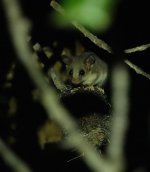
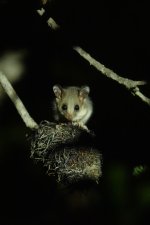
On the way back we followed good directions from a trio of students to find a Diamond Python hanging out of a tree looking for all the world like it was waiting for a Pygmy Possum to mistake it for a branch. An Australian Owlet Nightjar called close to our turning point, but like the White-throated Nightjar also remained unseen.
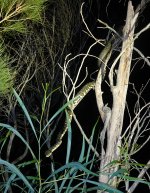
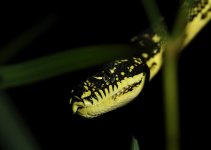
The final highlight was a wonderful Sugar Glider feeding at eye level on the sap of a small forked branch right by the roadside. It paused just long enough for one decent shot before disappearing into the darkness. We did also add single Brush-tailed and Ring-tailed Possums, but these did not pose well and you'll have to revert to the linked post from March last year if you want to see a pic.
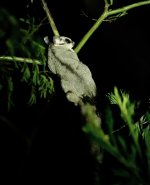
According to Murray this was a reasonable but not outstanding haul - others have recently seen two good snakes - Bandy Bandy and Death Adder here - but It was nonetheless an enjoyable evening.
Cheers
Mike
13 January 2024
My birding mate Murray, who is also into mammals and herps invited me to join him at WestHead in Ku-Ring Gai National Park to look for snakes and nocturnal mammals. Murray ahas a good quality infra red night scope, which dramatically raises the potential for finding wildlife at night. Indeed my first and only Australian Owlet Nightjar was found by Murray back in March 2023 at spot that is a kilometre or so from my place in Northbridge.
Our evening started well as we heard White-throated Nightjar calling close to the gate where West Head Rd meets General San Martin Rd at Coal and Candle Creek. Be warned that the gate restricts road access after 8:30pm, and we saw one car waiting around an hour to be released by the security guard. While the bubbling call is diagnostic we didn't the nightjar so I won't count it as the lifer it would be. We walked around 3km along the road, and apart from an abortive attempt to find the tiny Red-crowned Toadlet that was calling in a tiny stream bed that served only to feed us to a particularly rapacious species of mosquito we picked up good numbers of Grey-faced Flying Foxes feeding on flowering Red Gums and around ten Eastern Pygmy Possums, most of which we feeding on Banksias. It was great to see so many of what is not an easy animal to see.


On the way back we followed good directions from a trio of students to find a Diamond Python hanging out of a tree looking for all the world like it was waiting for a Pygmy Possum to mistake it for a branch. An Australian Owlet Nightjar called close to our turning point, but like the White-throated Nightjar also remained unseen.


The final highlight was a wonderful Sugar Glider feeding at eye level on the sap of a small forked branch right by the roadside. It paused just long enough for one decent shot before disappearing into the darkness. We did also add single Brush-tailed and Ring-tailed Possums, but these did not pose well and you'll have to revert to the linked post from March last year if you want to see a pic.

According to Murray this was a reasonable but not outstanding haul - others have recently seen two good snakes - Bandy Bandy and Death Adder here - but It was nonetheless an enjoyable evening.
Cheers
Mike





